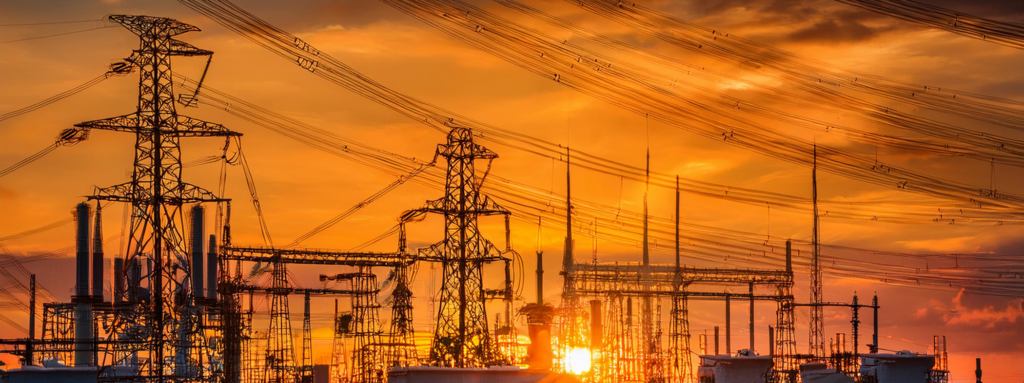Annual PV installations are expected to increase to 10.9 GW in 2017. Thailand and Turkey are expected to lead with other markets in Europe like Poland and Russia also taking the initiative.

The next big opportunity for growth in the global solar business lies in small, emerging markets where photovoltaic (PV) installations are forecast to rise at about triple the global average during the period from 2012 through 2017.
Annual installations in these emerging countries are expected to increase to 10.9 gigawatts (GW) in 2017, expanding at a compound annual growth rate (CAGR) of 38 percent from 2.2 GW in 2012, according to a new report entitled “Emerging Solar PV Markets Tracker” from IHS Inc. (NYSE: IHS), a leading global source of critical information and insight. In contrast, the overall global market will expand at a CAGR of only 13 percent during the same period. The emerging markets will account for 19 percent of global installations in 2017, up from just 7 percent in 2012.
The attached figure presents the IHS forecast of solar PV installations in emerging countries. The category of emerging countries covers 40 countries that to date have installed a cumulative total of less than 1 GW worth of PV systems.
“Across the world, new markets for solar PV are emerging, propelled by government incentives, including tenders for large-scale contracts, feed-in-tariff (FIT) schemes and self-consumption support,” said Josefin Berg, senior PV analyst at IHS. “Although these markets sometimes have huge hurdles—like limited financing, regulatory uncertainty and opaque local regulatory conditions—companies throughout the solar supply chain can benefit from targeting these fast-growing emerging countries.”
Thailand and Turkey lead the way
Of the emerging countries analyzed, Thailand and Turkey are expected to become the largest markets in the coming years. Both countries have the potential to install a cumulative total of nearly 3 GW of PV systems during the period from 2013 through 2017.
The Thai market has already taken off because of its adder scheme, under which the government pays feed-in premiums to solar power producers.
In contrast, the Turkish market is still taxiing toward the growth runway. In June the country experienced an avalanche of applications that far exceeded the 600 megawatts (MW) that had been planned by the government. This has delayed the licensing procedure and pushed back installations until late 2014 and 2015.
Turkey’s rooftop market, however, is predicted to pick up speed in 2014 to reach 300 MW. By 2017, its annual PV demand will climb to 1 GW.
New markets charge up in Europe
Among regions, IHS forecasts the biggest chunk of demand through 2017—at more than one-third—to come from new markets in Europe. Europe’s relatively stable financial conditions and proximity to experienced PV companies will support rapid deployment once regulatory support takes shape.
Poland, Turkey and Russia are all rolling out support schemes, while Ukraine and Romania already install PV systems at a rapid pace. For their part, the Netherlands, Switzerland and Denmark are set to continue on a path of rooftop installations.
In the other regions demand is evenly spread, with a few countries in each region spearheading growth. IHS expects South Africa, Israel and Saudi Arabia to drive PV additions in the Africa-Middle East region, while Chile, Brazil and Mexico will fuel demand in Latin America. In Asia-Pacific, PV demand is dominated by Thailand and South Korea, which are both on the brink of shifting their status from emerging to maturing PV markets.
The attached table presents the IHS ranking of the largest emerging PV markets 2013-2017 in terms of cumulative additions from 2013 through 2017.
Tenders open up new opportunities across the globe
This year Uruguay, Jamaica, Russia and Namibia are among new markets to pursue PV tenders. Meanwhile, Indonesia and Morocco have announced plans to open PV tenders later this year.
“PV developers and suppliers will need to stay on top of these tenders in order not to miss any requests for proposal,” Berg continued. “Still, many tenders remain limited to a few projects, and suppliers will need to be selective over which ones are worth participating in. Large-scale tender schemes, such as South Africa’s Renewable Energy Independent Power Producer Procurement (RE IPP) program, offer a more solid development environment to pursue a large portfolio of projects.”
Latin America attracts the largest developer pipelines
Of the 30 largest PV developers building up pipelines in emerging PV markets, 21 are concentrating their development efforts on Latin America. IHS reports more than 12 GW of projects in Latin America’s PV pipeline, 90 percent of which are early-stage projects that lack an off-take agreement.
“Competition for off-take agreements in markets like Chile is tightening,” Berg said. “Some developers are looking at selling PV-generated electricity on the merchant market. So far, only the International Finance Corp. has offered to sponsor such a project in Chile, in the hands of SunEdison.”
Competition for grid access will also be a bottleneck for PV developers. Out of Chile’s 6 GW pipeline, IHS forecasts less than one-third will secure a revenue channel, close financing and finish construction by 2018.



